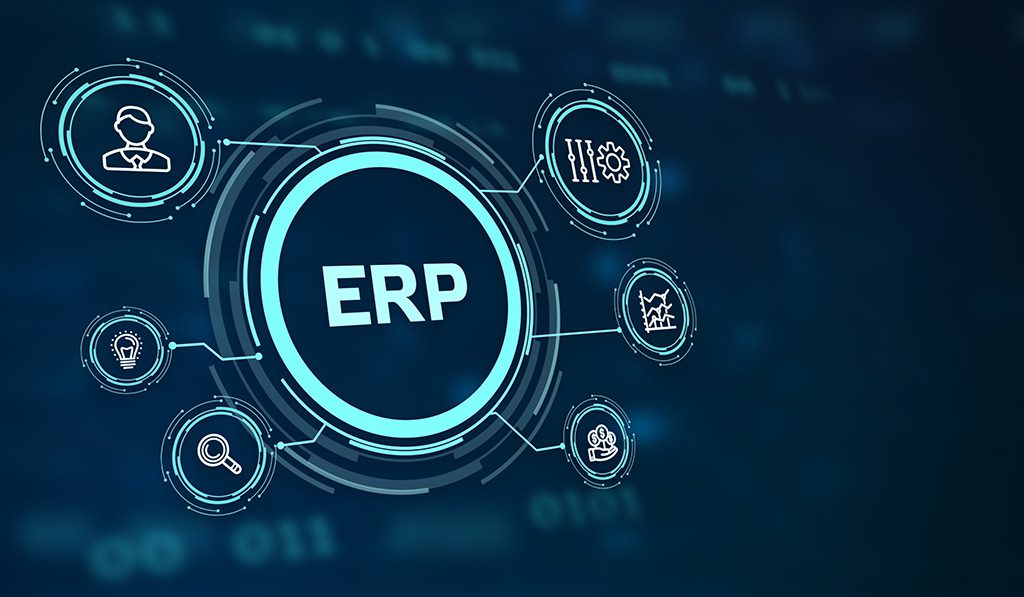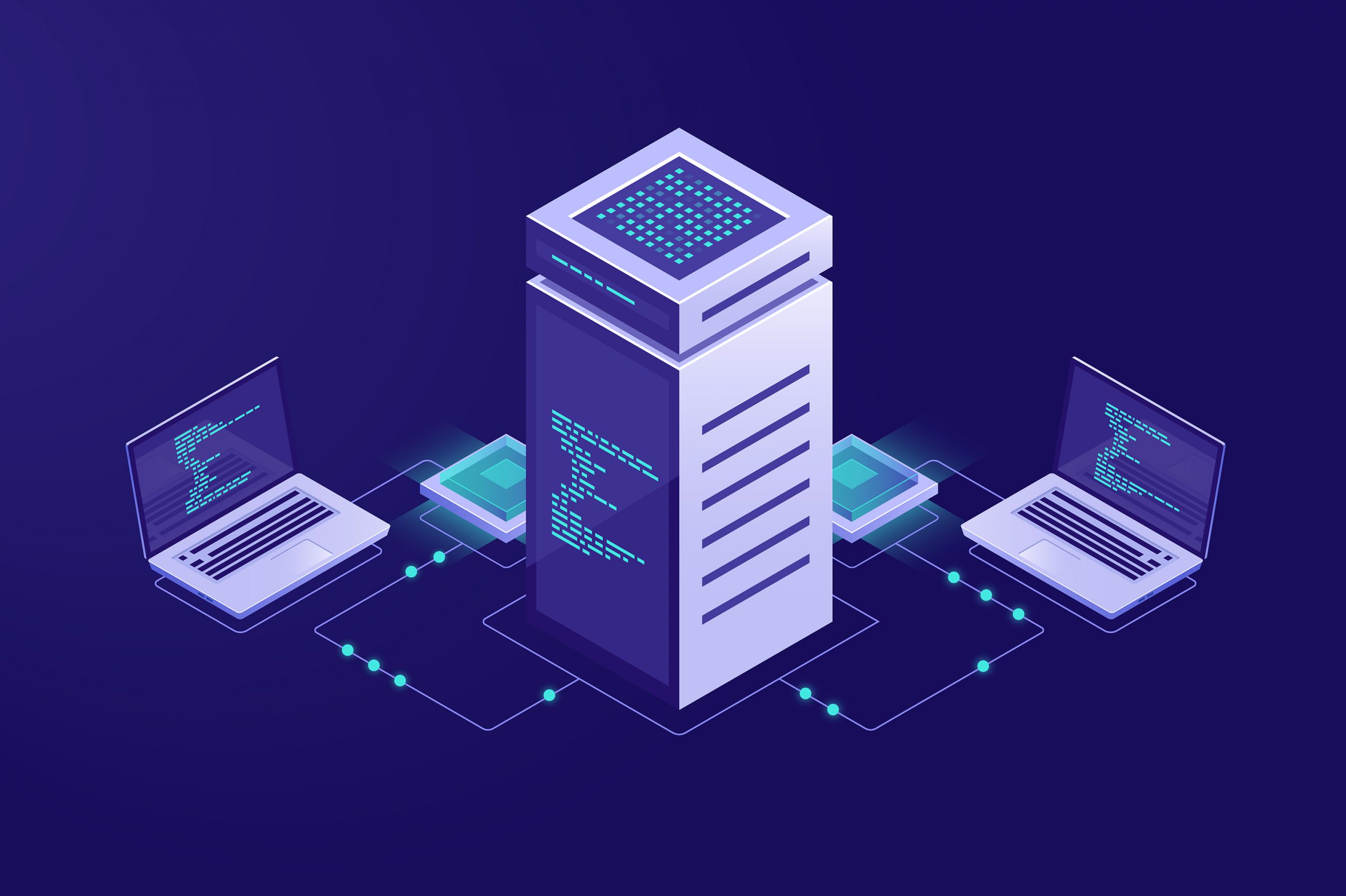Share
Read also
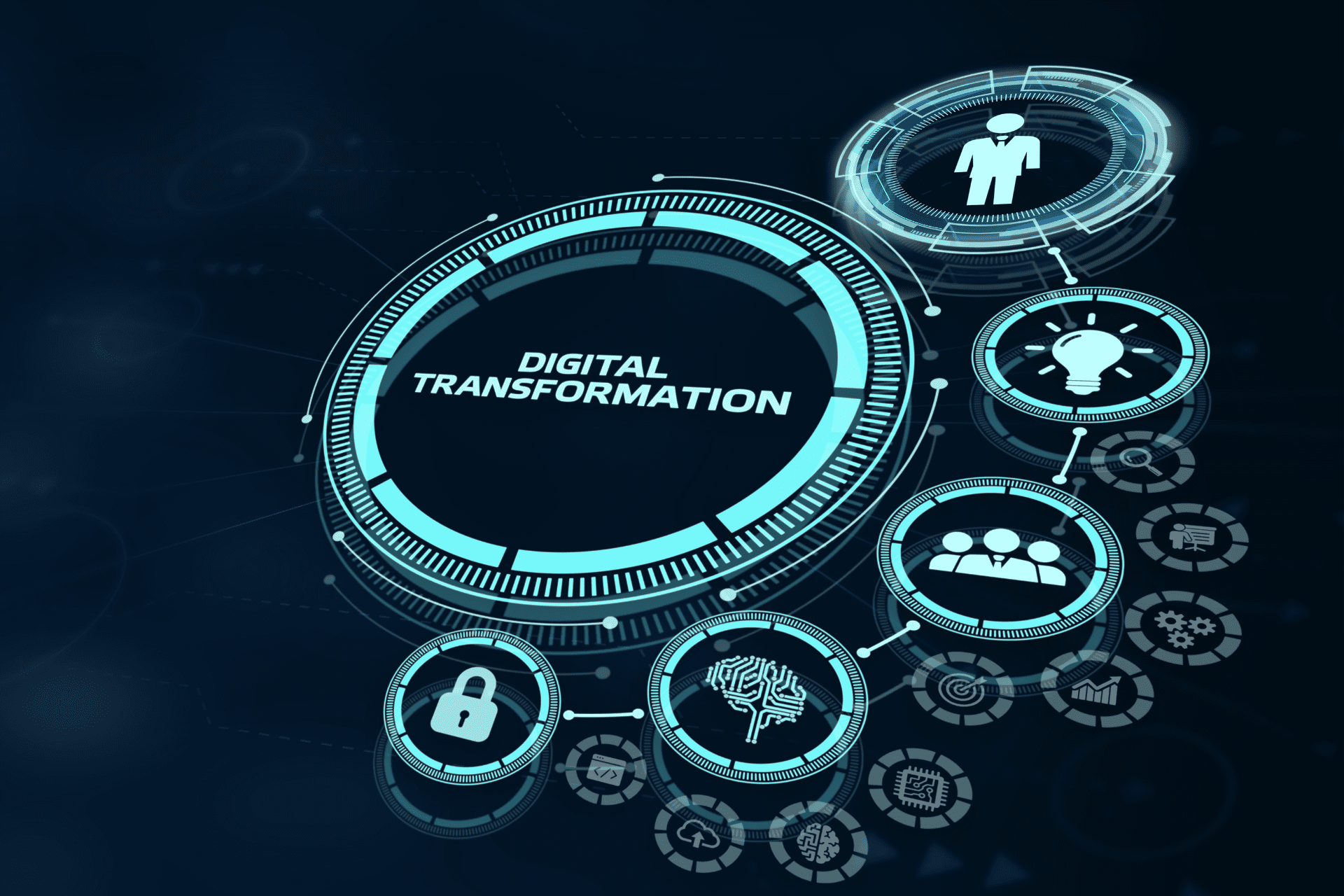
Trends & Views
Digital transformation strategies
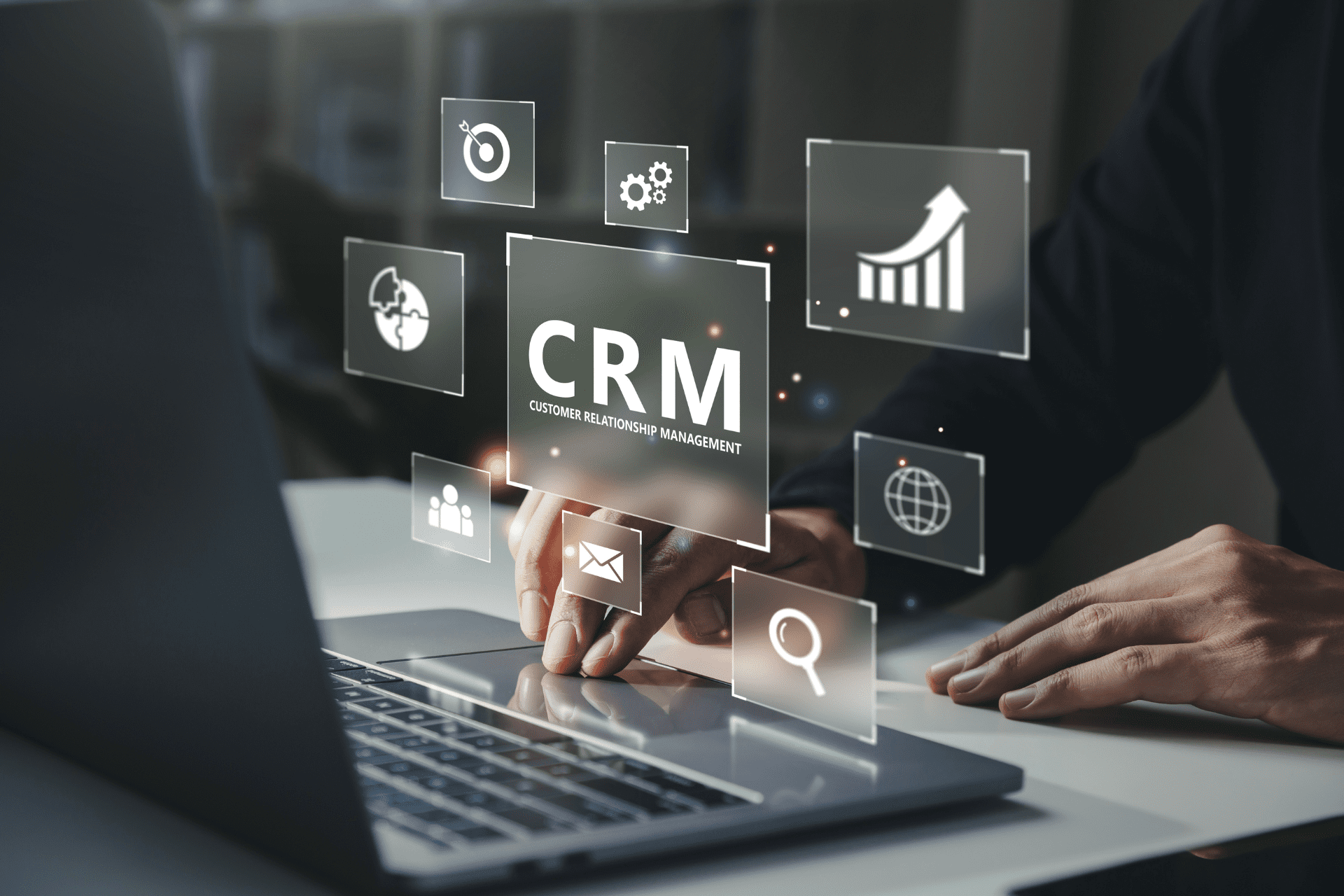
Business Software
CRM 2025 market: Response to increasing customer demands
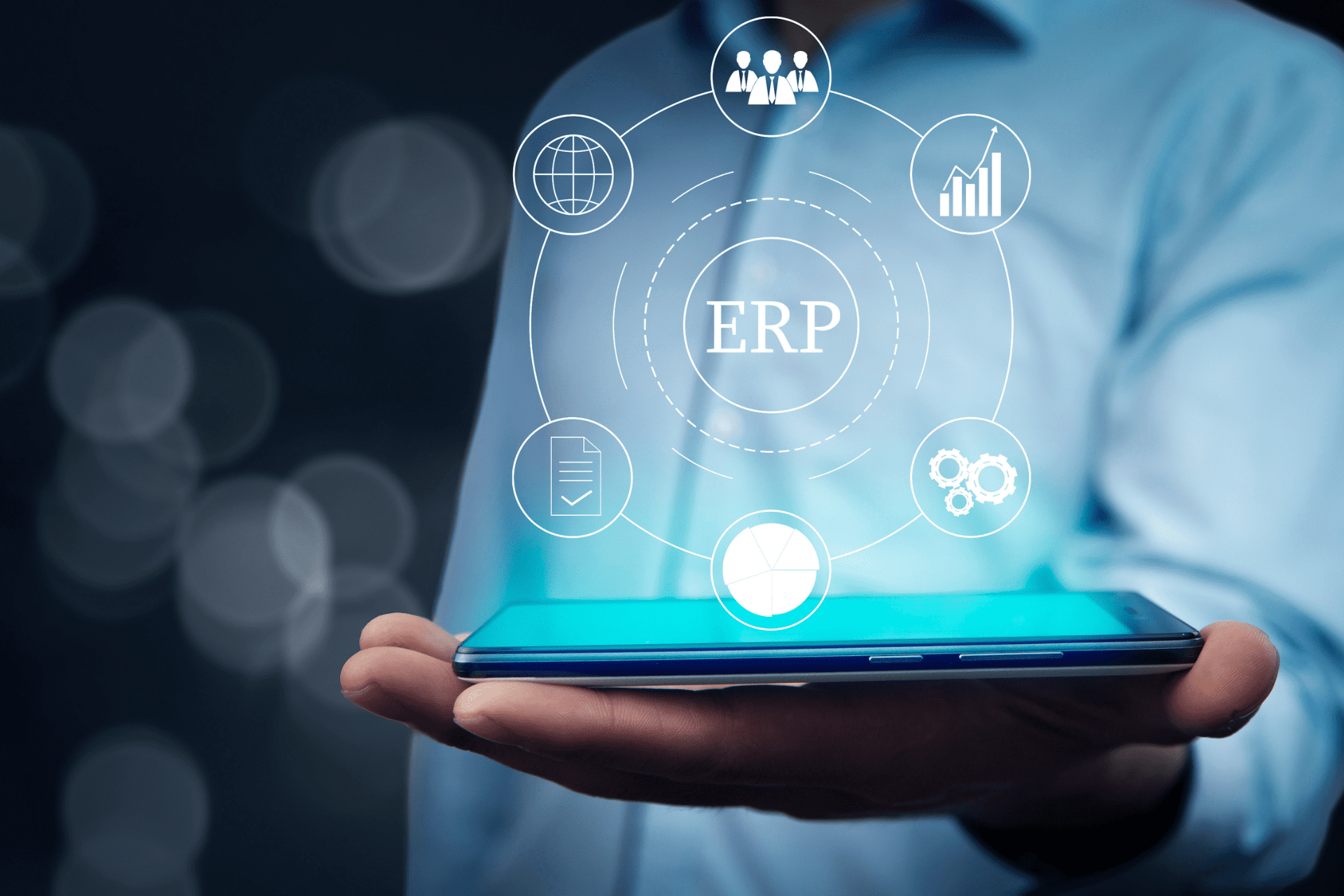
Business Software
Understanding the ERP lifecycle management

Mobility
How is EM shaping the way SMBs operate?
The ERP market has been around for over 40 years. In these 4 decades, the market has grown with new suppliers and industries. Allied Market Research found that the global ERP market was worth $43.27 billion in 2020. They predicted that the value would reach $117.09 billion by 2030, despite ongoing changes due to the COVID-19 pandemic and supply chain shortages.
But how did we get here? An important success factor for the ERP market share is related to incorporating current buyer trends into solutions. Whether software engineers are creating an ERP from scratch or simply releasing updates for existing systems, it is vital to provide customers with the system features they need to gain a competitive advantage in today’s business world. Let’s look at what makes ERP so competitive.
The potential of the Cloud
An increasing number of users and businesses are moving to the cloud. Cloud ERP allows real-time access to the solution, from any device and any location. If your business has local or international branches and you frequently travel to these locations, you can either manage them in your ERP or review your data while on the move.
IT and telecommunications
IT and telecommunications are among the major industries in the Cloud ERP market. The volume of data generated in the telecommunications industry is enormous, requiring superior storage solutions and services. It is vital for telecommunications and IT companies to reassess their strategies and implement advanced technologies in order to gain a competitive position among the multiple businesses operating in this market.
Internet of Things
According to Gartner, 63% of enterprises expect to have a return on their investment in IoT projects within 3 years. By integrating IoT data into their ERP system, they will enhance transparency and the real-time information provided by ERP, thus reducing non-automated data entry tasks. Therefore, it becomes easier to predict and plan, but also to monitor performance in order to increase productivity.
Two-tier ERP
Typically, two-tier ERP arises when small or medium-sized businesses merge and leverage two ERP systems. This concept typically uses the cloud and makes ERP available for all types of businesses.
Headless ERP
In short, headless ERP separates front-end practices from back-end practices. This trend offers more efficient data exchange and widens the customization gap. Headless ERP is still new in the ERP world, but it has already made a significant impact.
